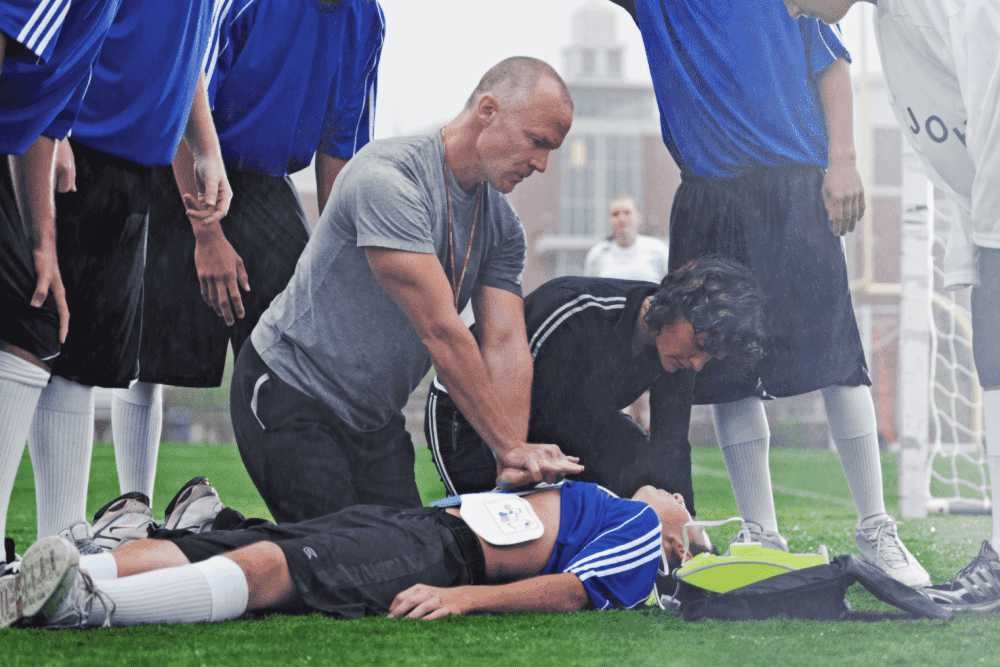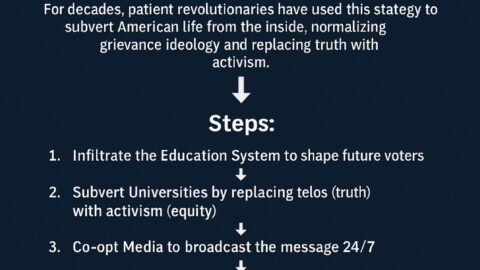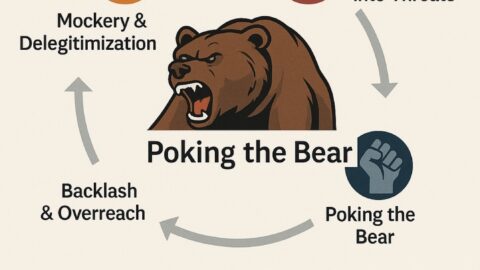Teaching Children How to Think: Reclaiming True Education
“Children must be taught how to think, not what to think.” – Margaret Mead
In an age of instant information and polarized narratives, teaching our children how to think critically, rather than what to think, is perhaps the most urgent responsibility of parents and educators. This principle is not just about academic freedom; it is about raising a generation capable of discernment, self-awareness, and civic virtue.
The Problem: Indoctrination Over Education
Modern educational systems often prioritize the transfer of information over the cultivation of thought. As philosopher Arthur Schopenhauer warned:
“Education perverts the mind since we are directly opposing the natural development of our mind by obtaining ideas first and observations last.”
This backwards model leads to:
- Passive memorization of facts without understanding.
- Acceptance of authority over personal discernment.
- A diminished capacity for independent thinking and common sense.
When children are told what to think:
- They lose their natural curiosity.
- They become susceptible to propaganda.
- They lack the tools to question, reason, and challenge injustice.
The Solution: Teaching How to Think
To counter this, we must teach children the tools of thinking:
- Critical Thinking: Asking questions, evaluating evidence.
- Emotional Intelligence: Understanding themselves and others.
- Philosophical Inquiry: Exploring values and ethics.
- Socratic Dialogue: Learning through thoughtful questions.
The scientific method offers a powerful and practical model for developing critical thinkers.
The Scientific Method: A Model for Thinking
Teaching children to think can begin with helping them understand and use the scientific method, which involves:
- Observation: Noticing what happens around them.
- “What do you see? What changed? What stayed the same?”
- Question: Asking meaningful questions.
- “Why did this happen? What if we tried something different?”
- Hypothesis: Making predictions.
- “I think this will happen because…”
- Experiment: Testing ideas with real-world application.
- “Let’s try it and see what happens.”
- Analysis: Examining the results.
- “Did it work the way we thought? Why or why not?”
- Conclusion: Learning from the results.
- “What can we apply to future situations?”
This process develops:
- Confidence in their ability to discover truth.
- Patience and humility to accept failure as learning.
- Independence of mind and the courage to question norms.
Real-World Application
In the Home: Let your children participate in problem-solving. Involve them in cooking, gardening, budgeting, and planning trips.
In Education: Encourage projects, discussions, and debates. Replace rote worksheets with inquiry-based learning.
In Media Consumption: Teach them to question sources, verify claims, and recognize bias.
Long-Term Impact on Society
By restoring how to think into our homes and schools, we can:
- Build stronger families with respectful dialogue.
- Create communities that value truth over ideology.
- Sustain nations with informed, engaged, and virtuous citizens.
Final Thoughts
If we want to protect our children from manipulation and prepare them for a world of complexity, we must give them something more valuable than facts: the ability to think, question, and discover truth for themselves.
This is the foundation of freedom. This is how we raise leaders. This is how we build civilizations that last.
“The mind is not a vessel to be filled but a fire to be kindled.” – Plutarch







